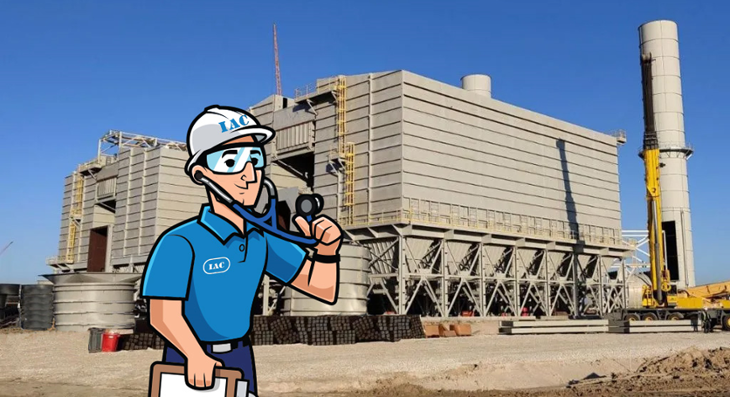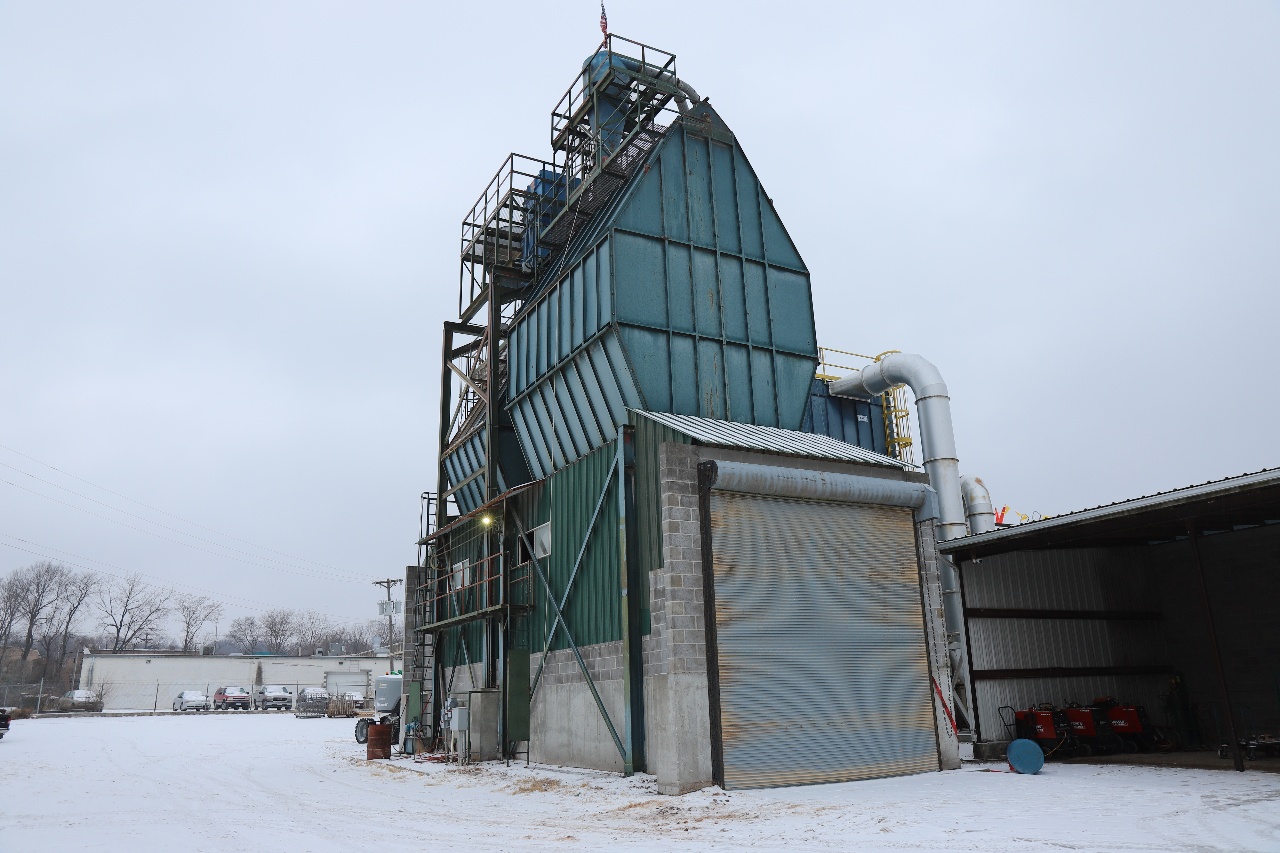Checklist for Baghouse Dust Collector Maintenance and Inspection

Baghouse dust collector maintenance is essential in order to protect the health and safety of people in the surrounding environment, and to ensure the process equipment and machinery in an industrial plant runs properly and efficiently. In other words, if your baghouse dust collectors and ventilation systems aren’t operating at peak performance levels, it will be difficult for the equipment in your plant to meet production rates! By regularly cleaning and inspecting the baghouse, potential issues can be identified and addressed before they become more serious.
Problems associated with improper operation of the baghouse can include poor filtration efficiency, contamination of the filter material, and blocked air flow. All of these issues can be avoided through regular maintenance, which includes regular bag inspections and filter changes. Regular maintenance can also help to reduce the risk of fires, which can be caused by an accumulation of dust and other materials in the baghouse.
In addition, regular maintenance of the baghouse helps to improve its overall efficiency. When the baghouse is properly maintained, the filter material will be able to capture higher levels of dust particles, meaning that less energy is needed to operate the system. This in turn reduces energy costs and helps to make the baghouse system more cost effective.
Finally, baghouse dust collector maintenance is important to ensure that the system lasts for a long time. Regular maintenance can help to identify issues before they become serious, reducing the likelihood of costly repairs. This helps to keep the system running smoothly and efficiently, saving money in the long run.
To maximize baghouse dust collector performance, boost baghouse efficiency, and obtain the optimum life from the filter bags and other replaceable parts, the following inspection and maintenance guidelines may be a useful tool.
DAILY BAGHOUSE MAINTENANCE:
- Visually inspect baghouse dust collector for signs of abnormal operation
- Check the stack monitor (if applicable), or visually inspect for signs of dusting
- Check and record differential pressure (normal operation is 3” – 4” of water)
- Check the hopper discharge device for proper dust removal
WEEKLY BAGHOUSE MAINTENANCE:
- Visually inspect the bags for tears, holes, and to ensure they are seated properly
- Check cleaning sequence and determine that all valves seat properly
- Check fans and fan drive components for wear
- Inspect all hoses, connections, and air lines to the baghouse
- Monitor the baghouse dust collector discharge to ensure that the dust is being removed sufficiently
- Check all moving parts on discharge systems and screw conveyor bearings
- Blow out U-tube manometer, Magnahelic*, or Photohelic* gauge lines
- Listen to the cleaning cycle to ensure all valves are firing properly
MONTHLY BAGHOUSE MAINTENANCE:
- Visually inspect the filter bags for tears, holes, and to ensure they are seated properly
- Spot check bag tensioning on reverse air and shaker bags
- Check compressed air line filters
- Check damper operation, bypass, and isolation
- Check the compressed air system, including filters and water traps
- Inspect the timer board to ensure proper cleaning sequence
- Monitor the solenoid and pulse diaphragm valves to ensure proper firing
- Check drive assemblies on all fans, discharge valves, and screw conveyors
- Check fan for corrosion and blade wear
- Spot check bag installation condition
- Check all moving parts on shaker baghouses
QUARTERLY BAGHOUSE MAINTENANCE:
- Inspect all door gaskets and seals
- Confirm Baghouse inlet temperature is correct
- Perform thorough inspections of all filter bags and cages
- Spot check for bag leaks and holes with leak detection test
- Check ducts for dust build-up
- Observe damper valves for proper seating (if applicable)
- Calibrate opacity monitor (if required)
ANNUAL BAGHOUSE MAINTENANCE:
- Inspect internal hoppers for wear
- Repair or replace high-wear parts on cleaning system
- Check all welds and bolts
- Inspect baghouse structure for corrosion
- Inspect the internal baffle plate (if applicable) for wear
- Consider third party bag test
Download IAC's Baghouse Maintenance Checklist PDF
Additional Resources for Baghouse Maintenance:
1. Baghouse maintenance can be made easier, faster, and safer with the help of remote monitoring technology. Check out IAC's Smart Plant Remote Monitoring System to learn more.
2. Fluorescent Leak Detection Powder is one of the simplest and most economical methods of inspecting your baghouse filter bags for holes, tears, or improper seating. It will also help you detect air leaks around doors due to improper sealing, cracks in your tubesheet, or holes in your baghouse's metal housing.
3. Know when it's time to call in baghouse maintenance experts, like IAC's Blue Crew. As Mike Rowe of the television show "Dirty Jobs" discovered, cleaning out a baghouse is dirty work. So dirty in fact that he called the Season 10, Episode 5 edition of the show, in which he helps clean out an asphalt plant baghouse, "the dirtiest episode of 'Dirty Work' ever filmed". Our Blue Crew Baghouse Maintenance team will gladly tackle any baghouse dust collector and ventilation system related project your maintenance staff needs help with, including baghouse filter bag change-outs.
4. For daily operations know-how, train your maintenance staff on your plant's baghouse dust collection and ventilation systems. IAC's Baghouse Maintenance & Ventilation System Maintenance Seminars are available at your site or virtually, and in English or Spanish. When done on site, our highly trained engineers and maintenance specialists will arrive early and walk your plant, then customize the training session to address the types of baghouse dust collectors and related equipment in your plant so that your staff can immediately apply what they learn to improving your operations.
*Magnahelic and Photohelic are registered trademarks of Dwyer Instruments and are in no way associated with IAC.



